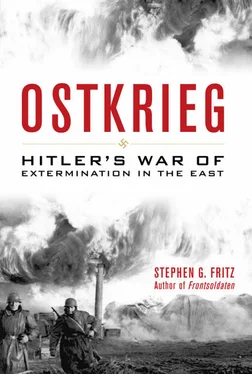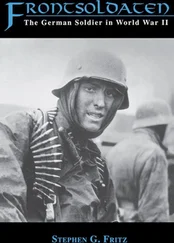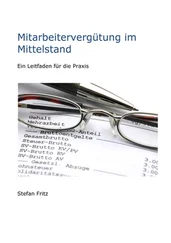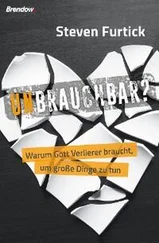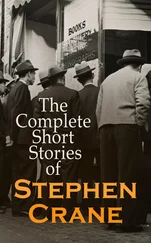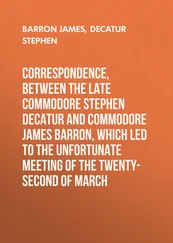While Poles could simply be dumped in the General Government, such a solution for Jews faced numerous obstacles, not least objections from Nazi occupation authorities such as Hans Frank. This oversight provided an opening for ambitious subordinates like Adolf Eichmann to find a more suitable long-term solution, which involved resettlement of Jews from the areas to be annexed into Germany to a reservation near Nisko in the Lublin district of southeast Poland. Concurrently with the resettlement actions under way elsewhere, Eichmann began organizing deportations of Jews. His plan foundered on many of the same difficulties as the other scheme, however, and by early 1940 the grand demographic projects had ground to a virtual standstill. 36In characteristic fashion, the Nazis had tried to do everything at the same time, without assigning priorities, with the result that inadequate resources led to limited achievements. Along with their frustration, however, Nazi officials had gained valuable understanding of the problems involved in such a complicated scheme.
Events in Poland also demonstrated how Hitler’s own radicalism could be reinforced through personal observations and contact with subordinates as well as how his prejudices could be exploited by officials pursuing ever more radical policies. Hitler’s view of Jews as an active, predatory threat had certainly been intensified by his observations from Poland, but discussions with Goebbels that autumn fanned his anti-Jewish hatreds while allowing the latter an opportunity to regain the Führer’s approval. Shortly after his humiliation in connection with Kristallnacht in November 1938, the propaganda minister had begun planning a series of films designed to instill and intensify anti-Jewish attitudes in the German public. Work had begun in 1939 on the notorious “documentary” film Der ewige Jude (The eternal Jew), which Goebbels intended as both a demonstration of the parasitical nature of the Jews and a justification for drastic measures against them. 37
With the defeat of Poland, Goebbels seized the opportunity to have footage made of the detested Ostjuden in their habitat as well as to see the situation firsthand. His observations not only confirmed his own radical hatred of the Jews but exacerbated those of Hitler as well. In mid-October, Goebbels and Hitler viewed recent footage filmed in Warsaw, with the former’s impression likely mirroring that of the latter: “Footage from the ghetto film…. Images so dreadful and brutal in their details that one’s blood runs cold…. This Jewry must be destroyed.” At the end of October, Goebbels once again viewed footage with Hitler, this time of ritual slaughter, scenes that left them “deeply shaken.” A visit to Lodz a few days later only reinforced Goebbels’s impressions while also emphasizing the connection in the Nazi mind between Lebensraum and the Jewish question: “Lodz itself is a hideous city…. Drive through the ghetto. We get out and inspect everything thoroughly. It is indescribable. They are no longer humans, they are animals. Therefore we no longer have a humanitarian but rather a surgical task. One must cut here, and indeed quite radically. Otherwise Europe will perish from the Jewish disease…. This is Asia already. We will have much to do to Germanize this area.” 38
Goebbels took pains to keep Hitler informed of the film’s progress and of his own escalating radicalism, both of which the Führer approved. On 2 November, Goebbels exulted, “My explanation of the Jewish problem finds his complete agreement. The Jew is a waste product.” On 19 November, he noted in his diary, “I inform the Führer about our Jew film. He gives some ideas for it…. The film is a very valuable propaganda medium for us just now.” Finally, on 5 December, he reported more extensively to Hitler on his trip to Poland, recording with satisfaction, “He listens to everything very carefully and totally shares my opinion on the Jewish and Polish question. We must exorcize the Jewish danger.” 39If, in Ian Kershaw’s famous formulation, Hitler’s subordinates were clearly “working toward the Führer” in implementing racial policy, their own radicalism could, as the example of Goebbels showed, in turn inform and affect Hitler’s views, reinforcing his radical ideological predispositions.
Despite this growing determination and enormous effort to engineer a New Order through vast demographic reorganization, Nazi policymakers faced an impasse by the spring of 1940. Hitler’s frustration was evident by mid-March 1940. According to Walther Hewel, the Foreign Office liaison to Führer Headquarters: “The Jewish question really was a space question which was difficult to solve, particularly… since he had no space at his disposal.” After dismissing the Lublin project as unsuitable, Hitler intimated that he “would welcome a positive solution to the Jewish question, if only he could indicate a solution. This, however, was not possible under present conditions when he had not even sufficient space for his own people.” 40Conditions were about to change, however, and in the stunning military triumph over France beckoned a possible “final solution” to the Jewish question. Ironically, however, just as the earlier victory over Poland had promised more, in demographic terms, than it delivered, similar frustrations were to follow the even more glorious victory over France.
In the event, however, beginning to realize the magnitude of their developing triumph, and intoxicated with success, top Nazis once again engaged in wild flights of imagination. The first to act was Himmler, always alert for possibilities to please his master and expand his own power. In mid-May 1940, he produced a manuscript, “Reflections on the Treatment of Peoples of Alien Races in the East,” that again illustrated the connections in Nazi thinking between living space for Germans and a solution to the Jewish problem. Although much of his memo was a rehashing of Nazi plans for reclaiming and racially reordering Eastern Europe, in turning to the Jews Himmler expressed his “hope that the concept of Jews will be completely extinguished through the possibility of a large emigration of all Jews to Africa or some other colony.” He then concluded that, however “cruel and tragic each individual case may be, this method is still the mildest and best one if, out of inner conviction, one rejects as un-German and impossible the Bolshevik method of physical extermination of a people.” Having penned his statement of intent, Himmler waited for the proper moment to approach the Führer. This he did on 25 May, as the magnitude of German success in the western campaign was just sinking in, recording with great satisfaction, “The Führer read the six pages and considered them very good and correct.” 41
This document and this episode are instructive not only because they reveal something of the way racial policy was made: Hitler simply approved an initiative from Himmler, informed him with whom he should make contact, and then left the details of implementation to his subordinates. It is significant as well because it confirms that top Nazis such as Himmler were aware of the brutal methods of Stalin in the Soviet Union but that they themselves had not yet crossed the threshold to outright mass murder. The Nazis were grappling for a solution to their growing Jewish problem, but Himmler at least could not yet envisage one that entailed physical extermination. Still, his knowledge of these as yet unacceptable Bolshevik methods left open the possibility that, if other options failed, there remained the ultimate Final Solution.
With the triumph over France in sight, in early June 1940 Nazi planners in both the SS and the Foreign Office busied themselves with working out the details of what came to be known as the Madagascar Plan. As early as 3 June, an ambitious young official in the Foreign Office, Franz Rademacher, sought to clarify the key question, “Whereto with the Jews?” Rademacher essentially answered his own question by pointing to the island of Madagascar as a possible destination for a Jewish reservation. Since Nazi racial demographic plans in Poland had been stymied, Madagascar now loomed as a Verlegenheitslösung , a makeshift way out of a dilemma. When on 20 June Hitler indicated his intention to resettle European Jews in Madagascar, planning took on a furious intensity. The seriousness with which the operation was regarded can be seen in the swift move that Heydrich made to assert control of it for the SS. On 24 June, he wrote Foreign Minister Ribbentrop to remind him in no uncertain terms that in January 1939 Goering had placed him in charge of Jewish emigration from all German territory, a mandate that the head of the Reichssicherheitshauptamt (RSHA) meant to preserve. As word spread of the latest solution to their self-imposed Jewish problem, planners and bureaucrats throughout the Nazi Empire set to work sorting out the implications and details of the plan. 42
Читать дальше
